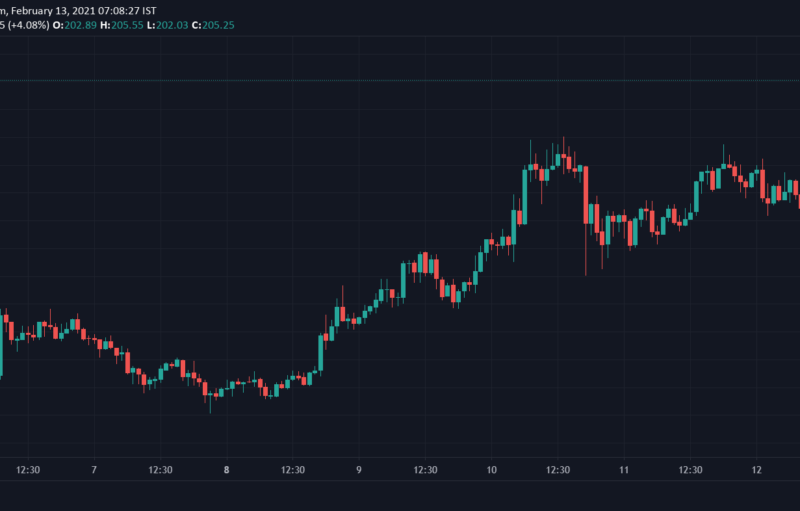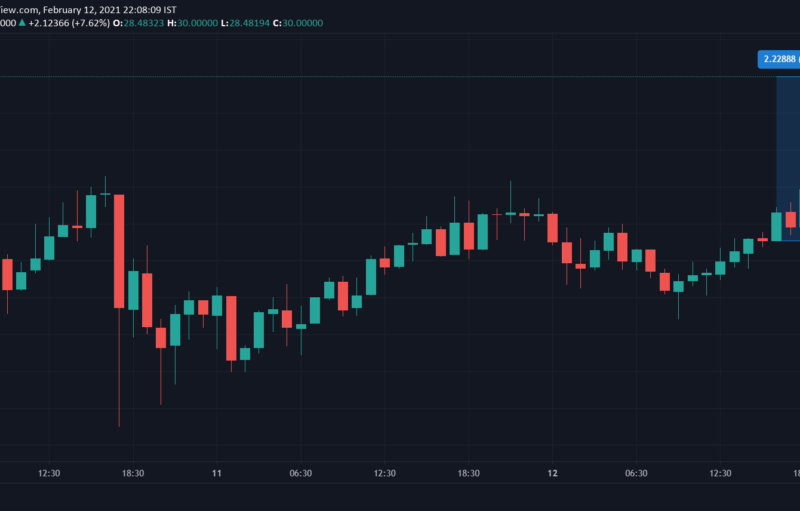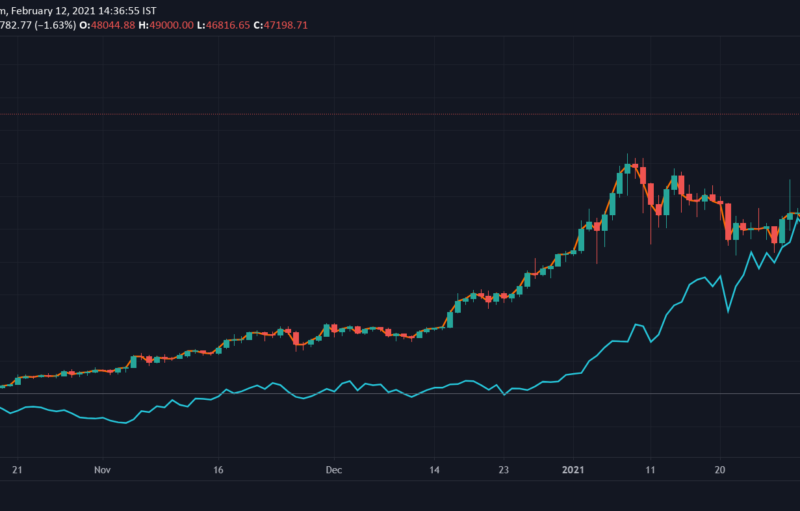Stablecoins play a growing role of importance in the cryptocurrency industry. Despite new entrants coming to market, Tether remains the leader in this industry. Money On Chain, an up-and-coming stablecoin project, will try its hand at doing something completely different.
Analyzing the Stablecoin Landscape
A few years ago, no one expected the concept of a stablecoin to become this popular in the cryptocurrency industry. Today, currencies such as Tether’s USDT are the main trading pair for Bitcoin and most altcoins across the exchanges. This industry continues to grow and evolve whenever possible, which allows more companies to enter the market by exploring innovative concepts.
Dethroning Tether will be a monumental task, however. USDT Is the largest stablecoin by market cap, currently at just under $4bn. With over $17.75bn in 24-hour trading volume, it is also the most widely-used asset in the cryptocurrency industry. This is despite several thousands of markets trying to gain some form of traction today.
None of the other stablecoins come even close. USD Coin, or USDC, is the second-highest valued market at $452.585m. It generates just $176.1m in trades, however, indicating there is still a lot of work to be done. The same goes for Paxos Standard Token, or PAX, which is valued at $198.15m. Its trading volume is nearly identical to that of USDC, however, which seems to indicate this project is slightly more appealing.
Other notable assets include True USD – or TUSD and Dai. Both projects have a market cap of $177.4m and $85.86m respectively. Their trading volumes pale in comparison, with just $56.4m and $3.58m over the past 24 hours. There appears to be plenty of room for new entrants to make their mark, despite the obvious uphill battle ahead.
Money On Chain is a new Breed
That new competition could come in the form of a Bitcoin-collateralized stablecoin. The Money On Chain team aims to solve the volatility of cryptocurrency by using a three-party system for its stablecoin token. That token will “split” Bitcoin’s volatility into two separate assets and a derivative financial instrument. This approach should make the token more appealing and accessible to both experienced and novice cryptocurrency enthusiasts.
By stripping Bitcoin into separate tokens, an interesting scenario is created. On the one hand, there will be a Dollar on Chain, or DOC, which remains pegged to the US Dollar at all times. The other side of the medallion comes in the form of BitPRO. It is a new token for those who seek passive income in Bitcoin and are risk-inclined. BPRO holders earn on platform fees and an interest paid by traders using BTC2X, a 2x long position on the price of bitcoin against USD.
Tying everything together is the Money on Chain token, or MOC. It will provide holders with a discount when paying platform fees. Holders can also vote on platform updates, and even veto them if necessary.
All of the tokens and assets making up this ecosystem will be traded on a decentralized exchange, or TEX. That TEX allows users to trade any token on the Rootstock blockchain. This is a conscious decision, as utilizing the Bitcoin blockchain for that purpose would not be a viable option. Rootstock providers Turing-complete smart contracts for Bitcoin. It is also a sidechain of Bitcoin, with the native RBTC token being pegged to BTC. As such, the supply or RBTC is always identical to that of Bitcoin itself.
Image(s): Shutterstock.com
The post appeared first on The Merkle







